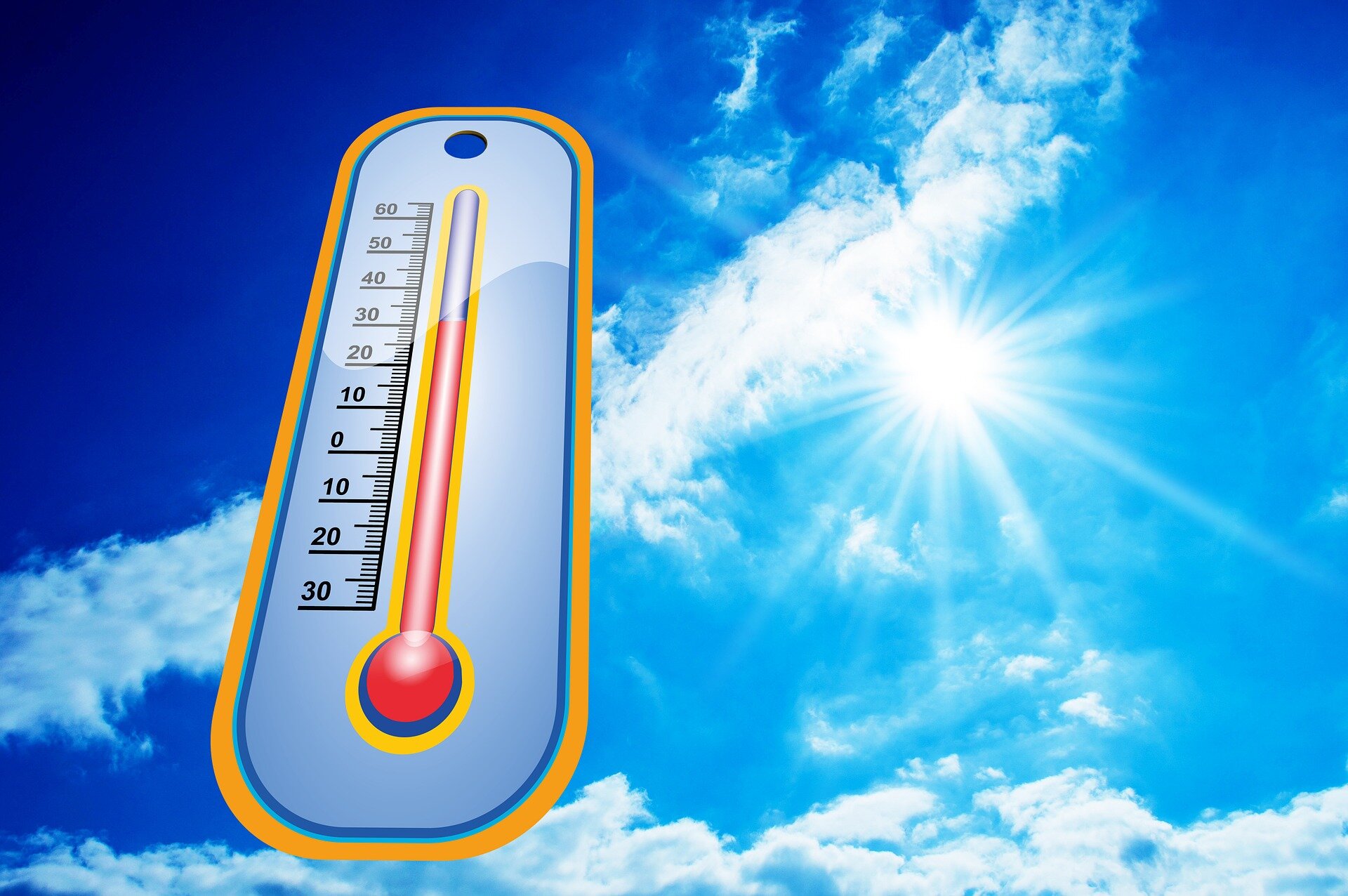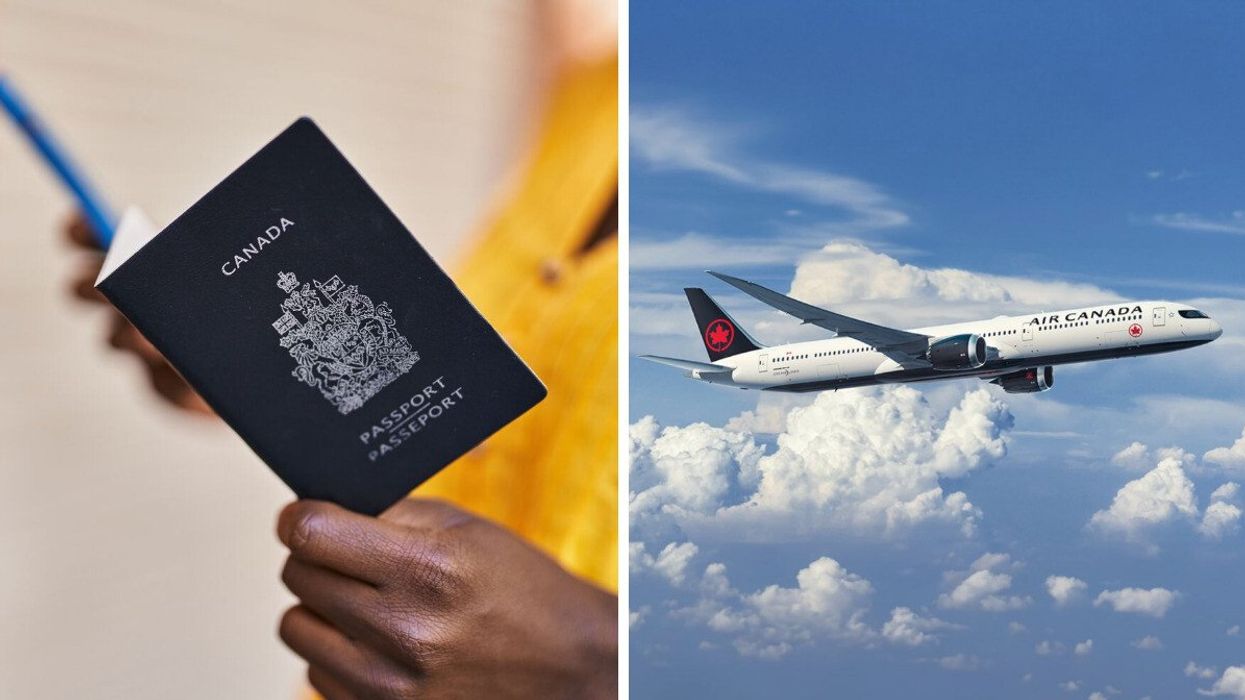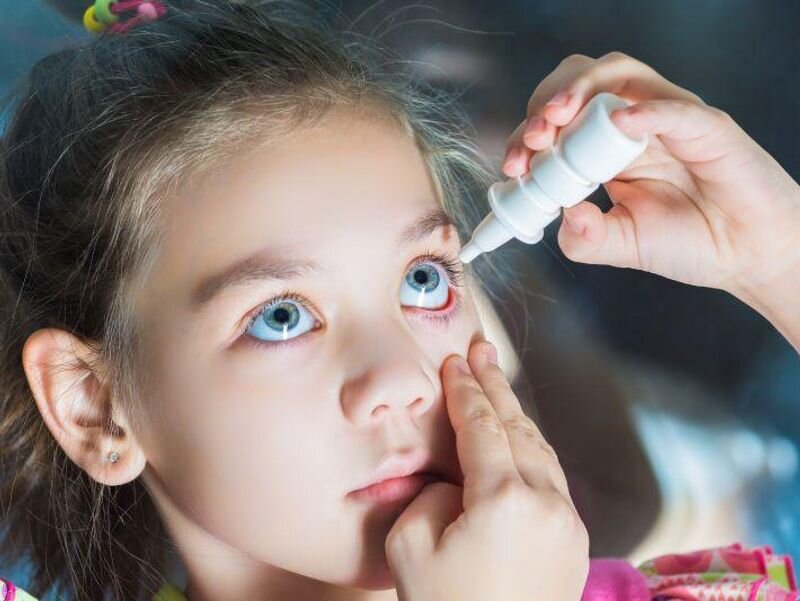Credit: Pixabay/CC0 Public Domain
It was 70 degrees on a recent afternoon at a high school football field in this northwest Montana community, less than 200 miles south of the U.S.-Canada border.
Vikings head coach Jim Benn held his team’s practice in pristine fall weather without much downtime. However, just a few weeks ago, players needed frequent water breaks as they sweated in temperatures in the low to mid-90s, about 15 degrees above average for the time of year.
Even though temperatures have started to drop now that it’s fall, Montana and many other states in the northern US are getting hotter — and staying hotter. August is a time when many high school sports are ramping up, and according to the National Weather Service and other meteorologists, this year has been either or close to the hottest on record for many Montana communities. The heat wave stretched into September, and at least six Montana cities broke the 100-degree mark during the first half of the month.
This August was the hottest on record for the nearby states of Idaho, Washington and Oregon. According to the National Oceanic and Atmospheric Association, this summer was the third hottest on record.
Public health experts and researchers say states — especially northern U.S. states like Idaho, Maine, Montana and North Dakota — aren’t adapting quickly enough to keep high school athletes safe. The students and their families sued the schools, accusing them of failing to protect the athletes. Many states that have taken action have only done so after the athlete’s death.
“Between high school and college, we lose about six athletes to heat stroke every year, and most of them are high school athletes,” said Rebecca Stearns, chief operating officer of the University of Connecticut’s Corey Stringer Institute. after a Minnesota Vikings player who died of heat stroke in 2001. The institute studies and tries to prevent this disease.
She said the true number of heat-related deaths could be higher because death certificates are not always filled out accurately. She said exercise-induced overheating is the second leading cause of death in high school and college athletes after cardiac arrest.
At Bigfork, Ben said he hasn’t seen any of his athletes experience heat illness — like heat exhaustion or heatstroke, which can cause fainting, vomiting and even death — during his nearly 30-year coaching career at Montana until last year. The athlete overheated at a football camp in early summer during the record-breaking heat of 2021.
“We immediately poured water on him and cooled him down,” he said.
The player recovered after being sprayed with a hose. Ben said he didn’t have a tub of ice water on hand, which Stearns said is the recommended treatment.
“That’s why we need standard policies that incorporate best medical practices,” Stearns said.
The Corey Stringer Institute ranks all 50 states and Washington, D.C., based on how well they follow best practices for preventing and responding to heat illness among high school athletes, as well as other health risks such as cardiac arrest. Montana ranks 48th on the list, followed by Minnesota, Maine and California.
California ranks last, according to the institute’s report, because it is the only state that does not regulate high school athletic trainers, who are typically responsible for the health and safety of athletes. Stearns said the institute is working with California sports officials who are pushing for laws requiring athletic trainers to be licensed.
States in the northern US dominate the bottom third of the institute’s ranking. Stearns said many states the institute has approached about improving heat safety either don’t think it’s a problem or resist some policies because implementing them could come at a high price.
But some efforts don’t cost a dime, she said. For example, at Bigfork High School, Ben implemented a three-day acclimatization period without football cleats when his players return to the field in early August. “From my perspective, it’s really low-hanging fruit,” Stearns said.
Stearns added that most heat-related illnesses occur in the first few days of practice, which are typically the hottest and when athletes aren’t used to exerting themselves in the heat. But she said that the state ones sport the association shall establish acclimatization periods.
Montana and many other states also don’t have a system in place to determine when practices should be changed — by removing pads or reducing the length and number of practices, for example — or eliminated altogether, Stearns said. Many northern states also lack regulations requiring an emergency response plan for heat illness.
Stearns and other researchers, such as Bud Cooper of the University of Georgia, said states should use what’s called a “wet-bulb temperature,” which takes into account air temperature, humidity and radiant heat from surfaces like turf that absorb sunlight. to make these determinations rather than the heat index. The heat index does not take into account radiant heat, which increases the risk of heat illness. The National Federation of State High School Associations Foundation said in February that it is sending 5,000 special thermometers to high schools across the country.
Stearns said studies show that acclimatization periods reduce exercise-related heat illness by 55% and that states that have used wet-bulb temperatures to mandate practice changes have seen an 80% reduction.
In Georgia, Cooper’s work documenting heat-related deaths among high school athletes led to sweeping policy changes in 2012. After the policy change, Georgia went from being the state with the most heat-related deaths among high school football players. there are no deaths.
Researchers like Cooper have begun providing regional policy guidance based on local average wet bulb temperatures to help states understand the risks to high school athletes and give them a starting point for policy changes.
New Jersey was one of the first states in the northern US to adopt the wet bulb system when it passed a law in 2020 requiring school districts to buy thermometers. The state also requires hundreds of schools to put cold immersion baths in place when temperatures reach a certain level. The state now ranks second in the sports safety policy institute’s rankings, behind Florida and ahead of Georgia.
In the Pacific Northwest, Oregon and Washington have policies mandating changes to school athletic practices based on heat index rather than wet bulb temperatures. Heat and sports safety researchers say it’s better than nothing.
The Montana High School Association, which governs high school athletics, has implemented temperature guidelines that allow referees to take extra breaks during football games, executive director Brian Michelotti said. The association is also asking other sports, such as cross country, to schedule meets earlier in the day.
While Montana health officials say the state has never documented a heat-related death among the state’s high school athletes, the historic heat over the past two summers has led sports officials to consider extra precautions. “It’s really pushed us to have a bigger discussion about this and to go back and review some of the sports science committees,” Michelotti said.
He said any policy changes would have to be approved by the association’s seven-member board and wouldn’t happen for at least the next year.
Experts in thermal engineering and sports safety, such as Stearns of the Correia Stringer Institute, said adding statewide policies and mandates saves lives by ensuring all coaches and schools follow best practices before deaths occur.
“One life is too high a price to pay for all the games of the season,” she said.
Kaiser Health News 2022
Citation: Sports programs in northern states face new challenger: Scorching Septembers (2022, October 5) Retrieved October 5, 2022, from https://medicalxpress.com/news/2022-10-sports-states-northern- climes-opponent. html
This document is subject to copyright. Except in good faith for the purpose of private study or research, no part may be reproduced without written permission. The content is provided for informational purposes only.







